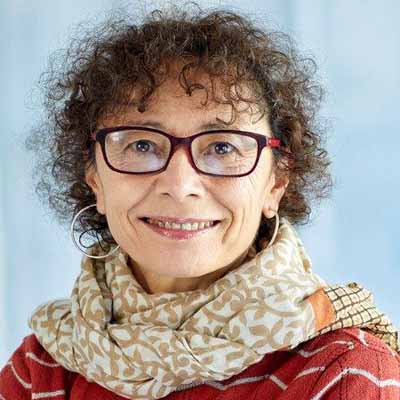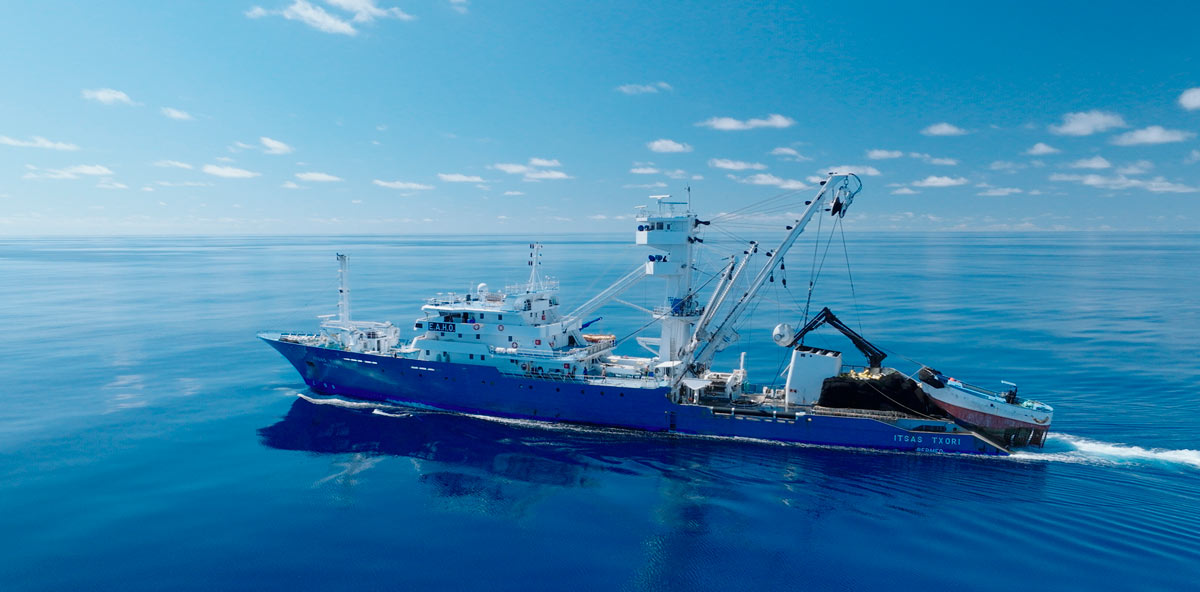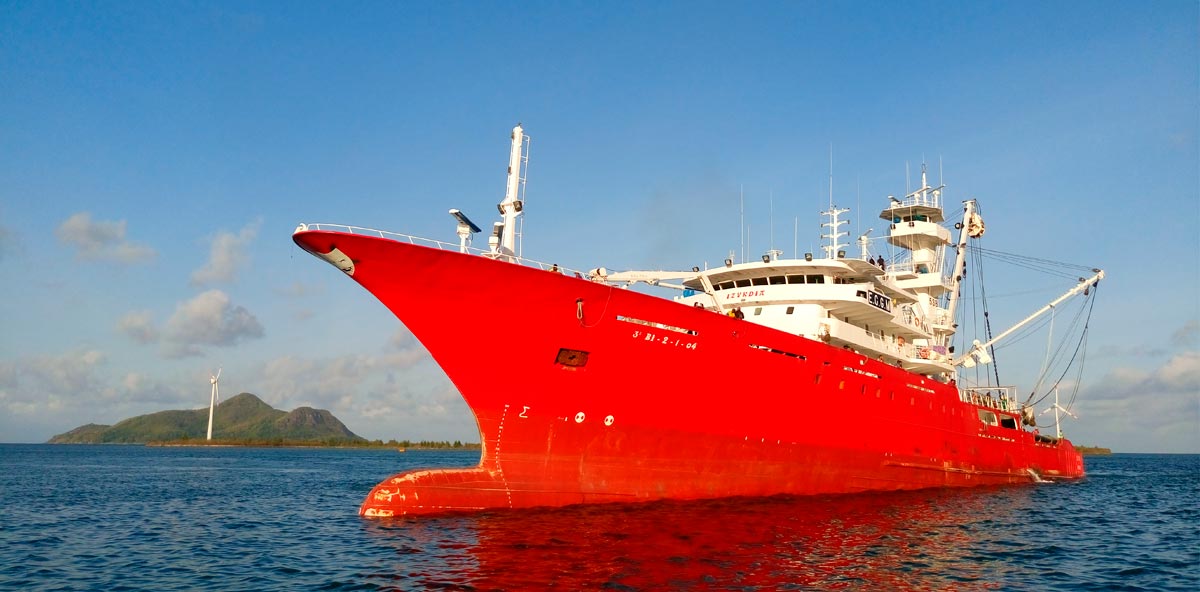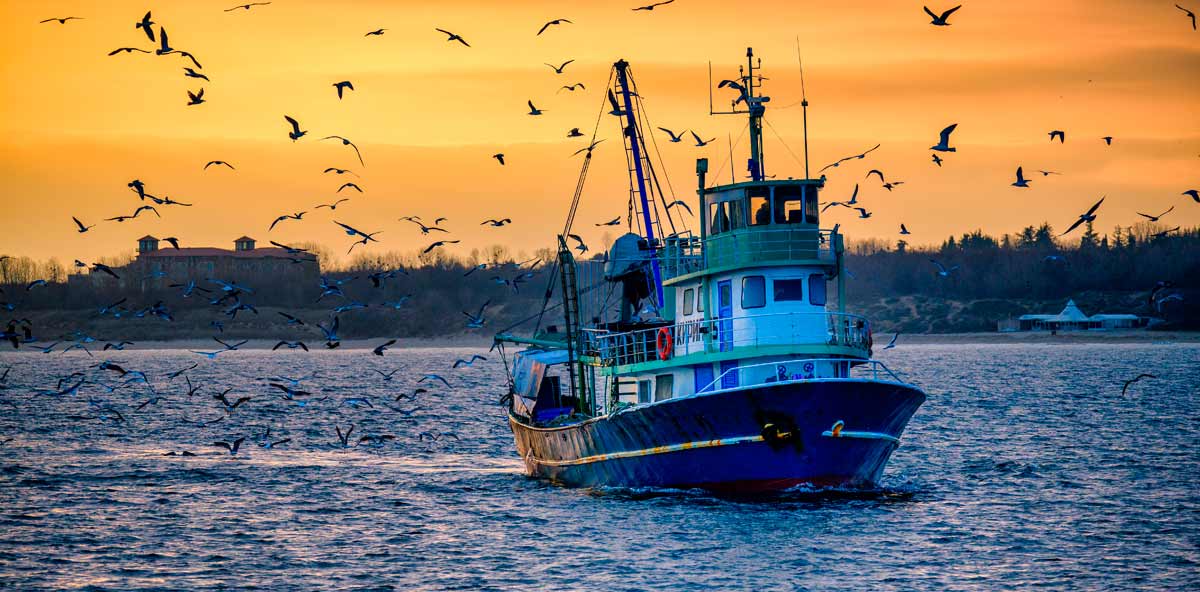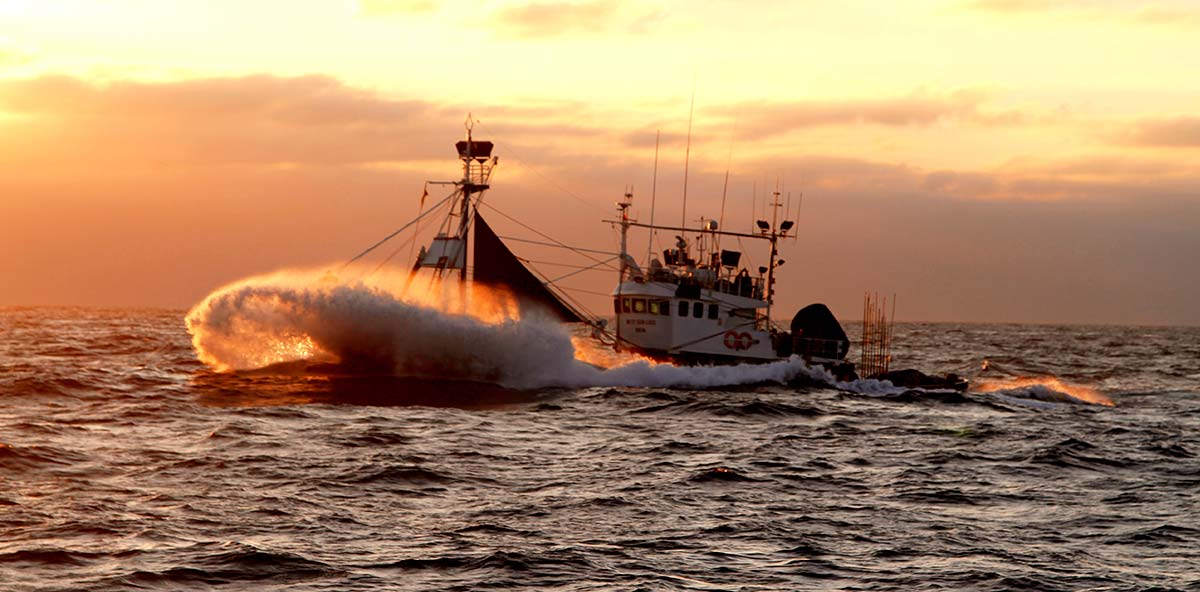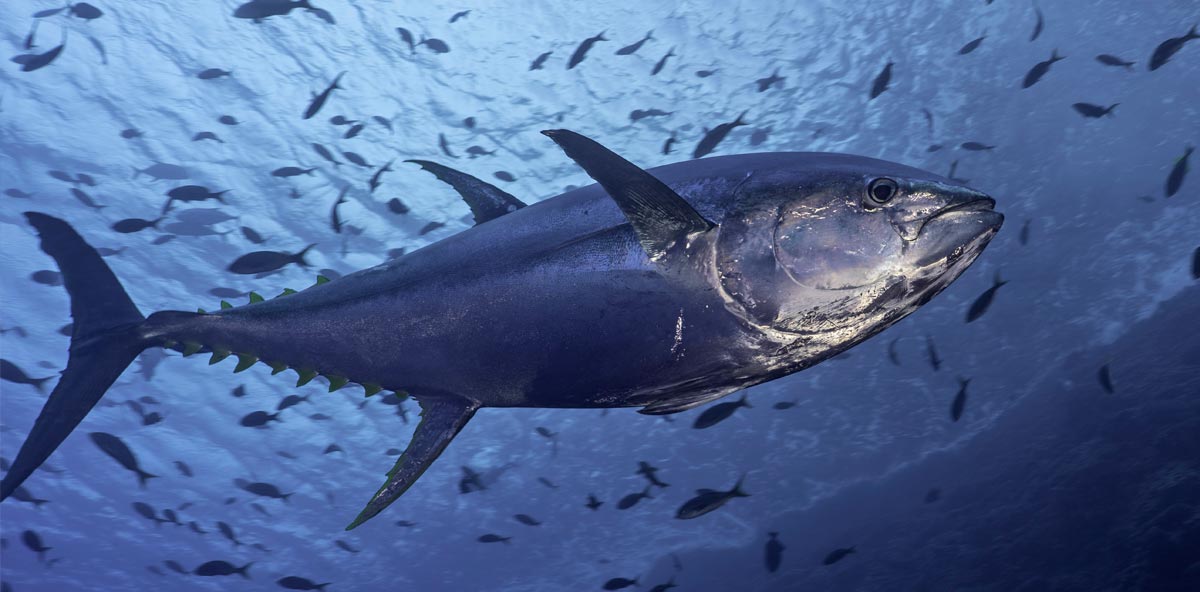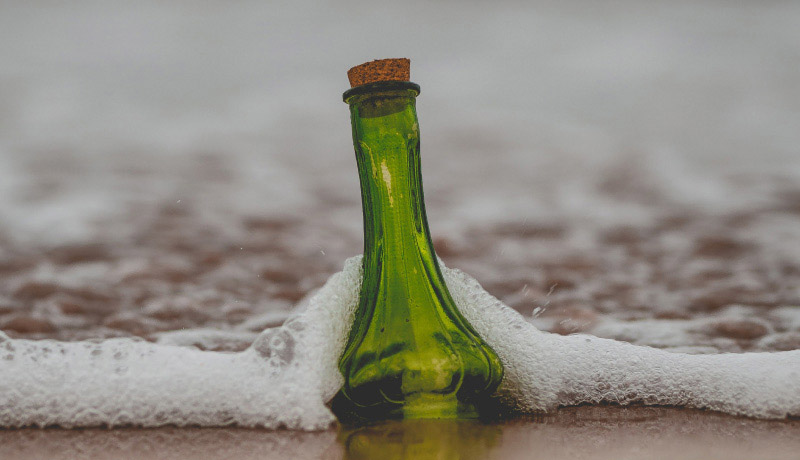TRIENAL MEGS
MEGS campaign for the estimation of the biomass of mackerel and horse mackerel in the Northeast Atlantic.
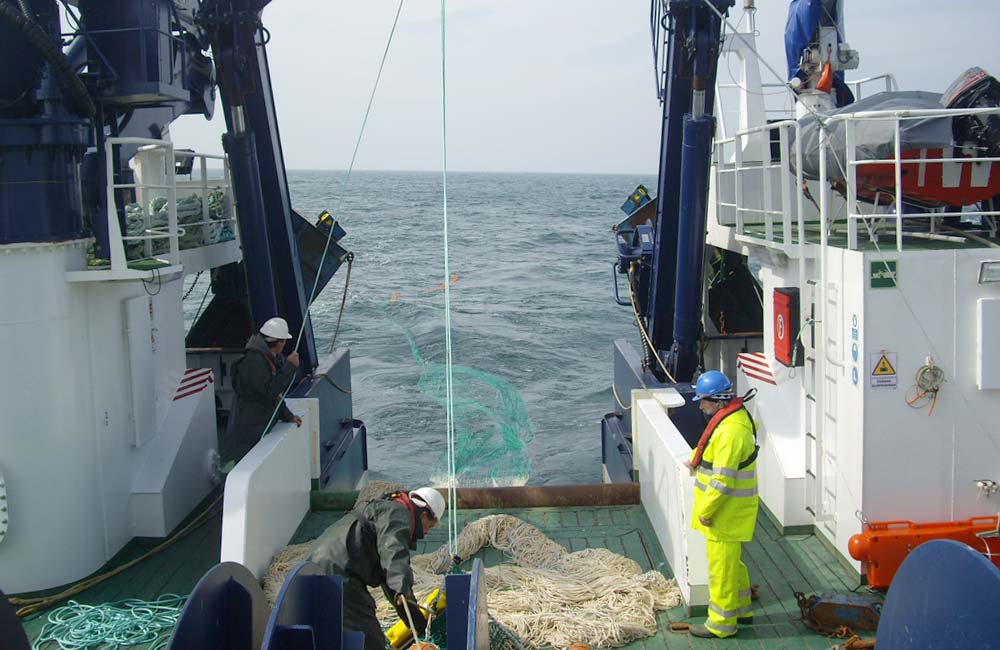
Main objective
The main objective of the mackerel and horse mackerel egg surveys (MEGS) is to provide biological and hydrographic data to generate an index of the spawning stock biomass (SSB) of mackerel (Scomber scombrus L.) and an index of the relative abundance of the spawning population of the western component of horse mackerel (Trachurus trachurus L.) in the North-East Atlantic.
These surveys, which extend from Cadiz in the south to Icelandic waters in the north, are carried out every three years and involve the participation of ten nations and eleven fisheries research centres from different European countries. The egg production method is used to estimate the spawning biomass of these populations. This method is adapted in different ways depending on the reproductive strategy of the species. In the MEGS campaigns, we simultaneously apply the annual method for mackerel and the daily method (for mackerel and horse mackerel).
Since 2019, in response to the requirements of other working groups within the International Council for the Exploration of the Sea (ICES), it was decided to include the identification of hake (Merluccius merluccius L.) and ling (Molva molva L.) eggs in the study.
AZTI is responsible for carrying out sampling in the Bay of Biscay area up to 49ºN between March and May.
Activities:
The activities can be divided into three blocks:
1) Pre-campaign
Planning a campaign requires meticulous preparation. This process begins six months before the start of the campaign in order to obtain the necessary permits in foreign waters when sampling is carried out outside Spanish jurisdiction. In the case of the MEGS campaign, permits are requested from France, the United Kingdom and Ireland.
The use of oceanographic vessels (B/O), which belong to the fleets of the Spanish Institute of Oceanography or the General Secretariat for Fisheries, is coordinated with these entities and integrated into the official schedules for the use of B/O for research.
2) During the campaign
Activities during the campaign include the collection of plankton material using Bongo nets and the capture of adults through pelagic trawling. In addition, we collect hydrographic data such as temperature, salinity and chlorophyll using ad hoc instruments with the CTD (Conductivity, Temperature, Depth).
3) Post-campaign
Once on land, the laboratory work begins. This work focuses on: (1) identifying and establishing the developmental stage of the target fish eggs; and (2) determining the reproductive parameters of the females, such as fecundity, atresia and spawning frequency, among others, and biological parameters, such as size, weight, age, sex and sexual maturity.
All data obtained by each of the participating countries are compiled in a common database created at ICES. These data are analysed to estimate egg production and population biomass.
Results
The species under study in this project are commercial species of great economic importance in Western Europe, and in particular in the Bay of Biscay. The study will provide new biological information on these species and will provide estimates of biomass abundance to the Working Group on Widely distributed Species (WGWIDE).
These new data are included in the fishery management models applied in the framework of the WGWIDE working group, which are the basic tool in the studies of the dynamics of exploited populations and management of these fisheries. The scientific management studies of these resources constitute the basis for the determination of catch quotas under the premise of a sustainable development of the activities of this fleet.
Useful documentation
| Partners |
Instituto Español de Oceanografía (IEO,España), Instituto de Investigacao das Pescas e do Mar (IPMA,Portugal), Marine Laboratory Aberdeen (MSS, Escocia), Thünen Institute Fischerei (Tvi, Alemania), Marine Institute (MI, Irlanda), Wageningen Marine Research (WMR, Holanda), Institute of Marine Research (IMR, Noruega), Technical University of Denmark (DTU, Dinamarca), Fisheries Marine Institute (FMI, Islas Faroes), Fisheries Marine Institute (FMI,Islandia), Centre for Environment, Fisheries and Aquaculture Science (Cefas, UK) |
| Duration |
Every 3 years since 1989 |
| Funding |
Eusko Jaurlaritza – Basque Government through the European Maritime, Fisheries and Aquaculture Fund |

